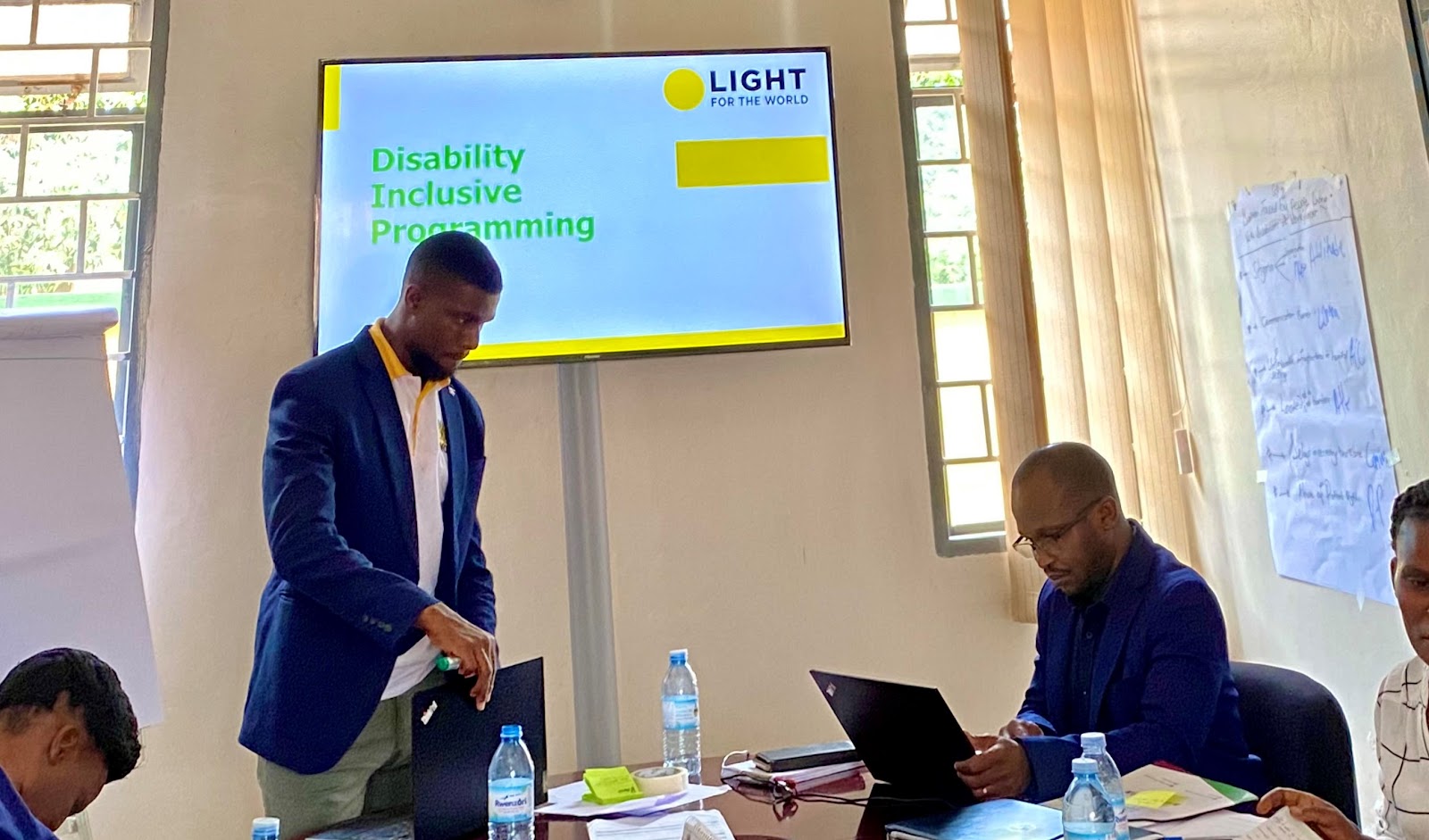Better Accessible Than Empty Apologies
There`s an old proverb that says “An empty apology is like a blank piece of paper, it may hold some value, but it remains meaningless" . Looking at the daily atrocities people with disabilities face in pursuit for employment, it's important to reflect on the timeless truth of this adage.
Despite the fact that
approximately one billion people worldwide, accounting for around 15% of the
global population, live with some form of disability, individuals with
disabilities continue to receive empty promises and insubstantial apologies
with regards to accessibility in the workplace and employment opportunities.
It's high time for employers to recognize
that accessibility is not merely a legal obligation, but a moral imperative. In
this article, we will delve into the significance of accessibility in the
workplace and offer practical solutions for employers seeking to make their
workplaces more accessible.
As employers, it is your sole
responsibility to ensure that all your workspaces are accessible and that all employees
have equal access and can participate fully in the workplace, including those
with disabilities. Unfortunately, many workplaces lack the necessary
accommodations, leaving individuals with disabilities feeling excluded and
marginalized. It's time for us to take meaningful action towards improving
accessibility.
Improving accessibility is not
only an ethical responsibility but also a sound business decision. Inaccessible
businesses risk losing loyal customers, damaging their brand image, and facing
litigation. A recent study by the Return on Disability Group found that
individuals with disabilities and their families account for 25% of the
consumer market in the United States, representing a significant economic
opportunity for businesses.
Improving accessibility is also
important for complying with legal obligations. In many countries, including
the United States, employers are required to provide reasonable accommodations
to employees with disabilities. Failure to do so not only puts employers at
risk of legal consequences but also sends a message that individuals with
disabilities are not valued or included in the workplace.
To improve accessibility, it's
important to consider the different types of disabilities and the specific
accommodations that may be needed. Accommodations for people with mobility
impairments may include ramps or elevators, while accommodations for people
with visual impairments may include screen readers or Braille displays. As
employers, we must be proactive in identifying these needs and providing
solutions that work for everyone.
Here are some actionable
solutions for employers looking to improve accessibility in their workplaces:
- Conduct an Accessibility Audit: An accessibility
audit can identify areas of the workplace that may be inaccessible to
individuals with disabilities. It can also provide a roadmap for improving
accessibility.
- Provide Training for Employees: All employees should
be trained on the importance of accessibility and how to interact with
individuals with disabilities. This can help create a more inclusive and
welcoming workplace culture.
- Partner with Disability Advocacy Organizations:
Disability advocacy organizations can provide guidance and support for
improving accessibility. They can also connect employers with individuals
with disabilities who can provide valuable feedback on accessibility
issues.
- Make Accessibility a Priority: Employers should
prioritize accessibility and allocate resources accordingly. This includes
budgeting for accessibility improvements and making accessibility a key
factor in all business decisions.
Improving accessibility in the
workplace can come with its own set of challenges. Financial constraints, lack
of awareness, or resistance from employees or management can make it difficult
to implement change. However, these challenges should not be used as excuses
for inaction. Instead, employers can partner with disability advocacy
organizations or consult with accessibility experts to find solutions that work
for their workplace.
Here are some success stories of
employers who have successfully improved accessibility in their workplaces:
- Starbucks: In 2015, Starbucks announced a new
accessibility commitment that included a goal of making all new
company-operated stores in the United States accessible to individuals
with disabilities. The company also established an Accessibility Office
and provided accessibility training for employees.
- Microsoft: Microsoft has a dedicated team of
accessibility experts who work to make the company's products and services
more accessible to individuals with disabilities. The company has also
created a Disability Answer Desk that provides technical support to
individuals with disabilities.
Improving
accessibility in the workplace is not only the right thing to do, but it's also
a smart business decision. By prioritizing accessibility and working to create
a more inclusive and welcoming workplace culture, employers can tap into a
significant market, improve their brand image, and avoid legal consequences.
Let's work together to make our workplaces more accessible.
Written By:
Godfrey Nanyenya
Incapacity Inclusion Specialist




Comments
Post a Comment